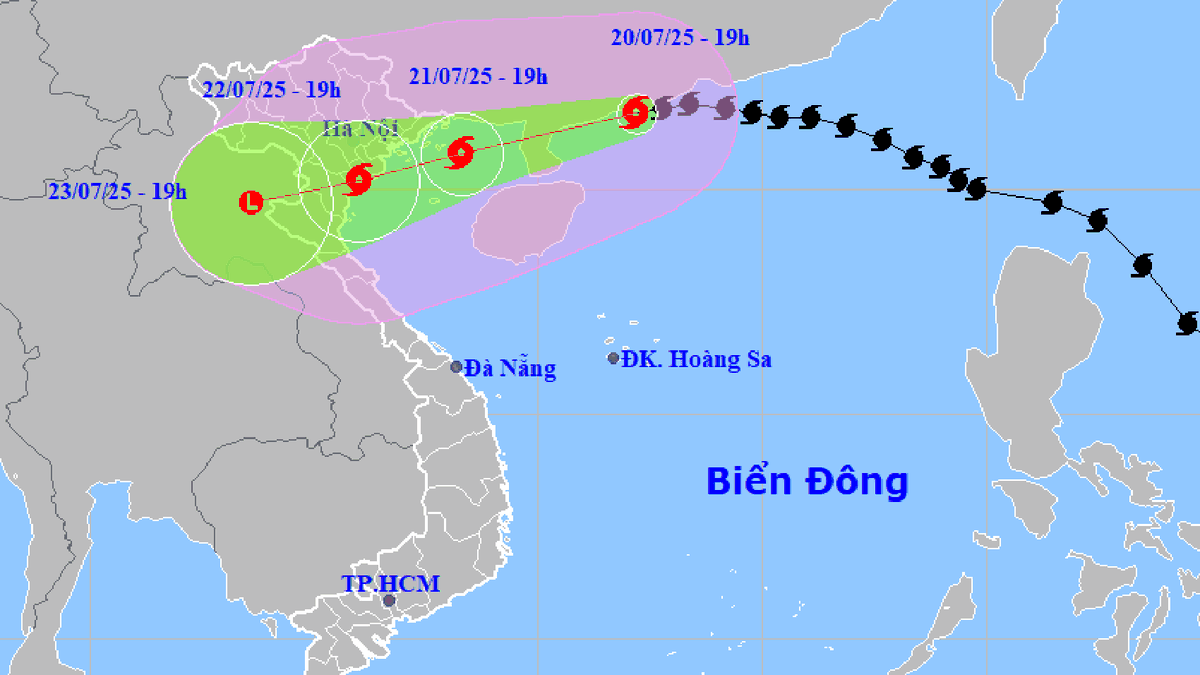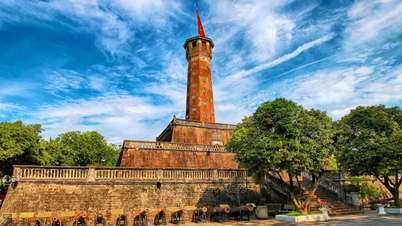On March 15, SpaceX aerospace company founder Elon Musk announced that the company plans to launch the super-large Starship rocket with Tesla's humanoid robot Optimus to Mars in late 2026.
If successful, human landings could take place as early as 2029.
On social network X, billionaire Musk wrote: “Starship carrying Optimus will depart for Mars late next year. If this landing goes well, human landings could begin as early as 2029, although 2031 is more likely.”
At an event last year, the Tesla electric car boss introduced the Optimus robot and promised that one day, this humanoid robot would be able to do simple daily tasks. Optimus is expected to retail for $20,000-30,000.
Starship, which stands 123m tall and is the world's largest and most powerful rocket, is designed to be fully reusable and plays a key role in billionaire Musk's plans to send humans to Mars.
The US National Aeronautics and Space Administration (NASA) is also waiting for a modified version of Starship for its Artemis mission, which aims to return astronauts to the Moon.
Previously, the US Federal Aviation Administration (FAA) banned the launch of the Starship rocket after a failed test on January 16, when the rocket's upper stage caught fire and exploded in the air before falling to the Turks and Caicos Islands.
However, on February 28, the FAA allowed SpaceX to resume Starship test launches after the company completed an investigation into the previous incident.
SpaceX has ambitious space exploration goals and must ensure that Starship rockets can be launched safely for future manned flights.
In addition, the company also needs to demonstrate the ability to perform complex refueling in orbit - using other spacecraft as fuel tankers - to be able to carry out long-distance space travel./.
Source: https://www.vietnamplus.vn/spacex-du-kien-phong-ten-lua-starship-len-sao-hoa-vao-cuoi-nam-2026-post1020768.vnp
























![[Photo] National Assembly Chairman Tran Thanh Man visits Vietnamese Heroic Mother Ta Thi Tran](https://vphoto.vietnam.vn/thumb/1200x675/vietnam/resource/IMAGE/2025/7/20/765c0bd057dd44ad83ab89fe0255b783)








































































Comment (0)